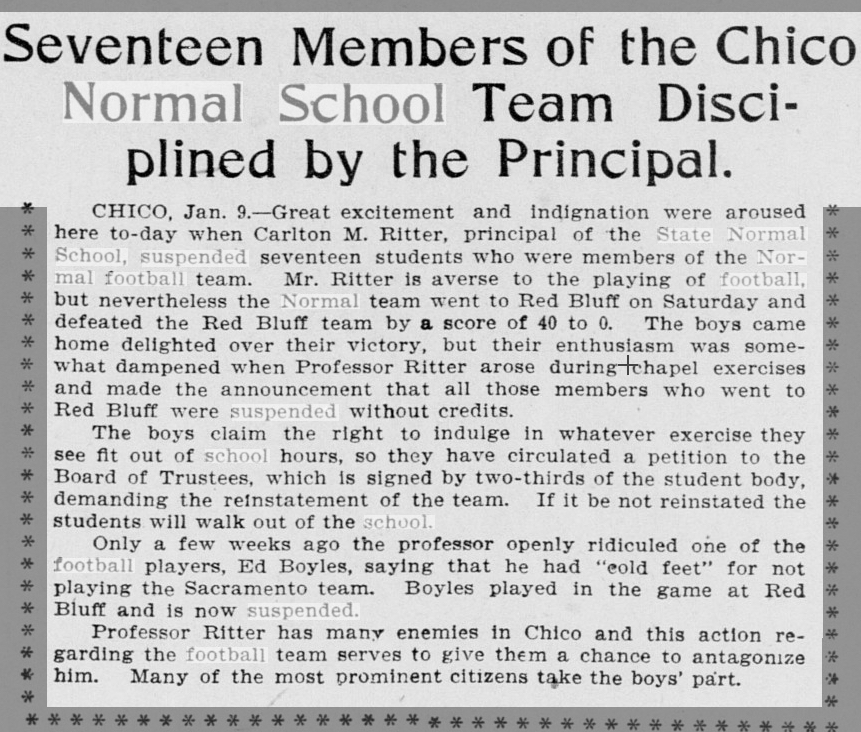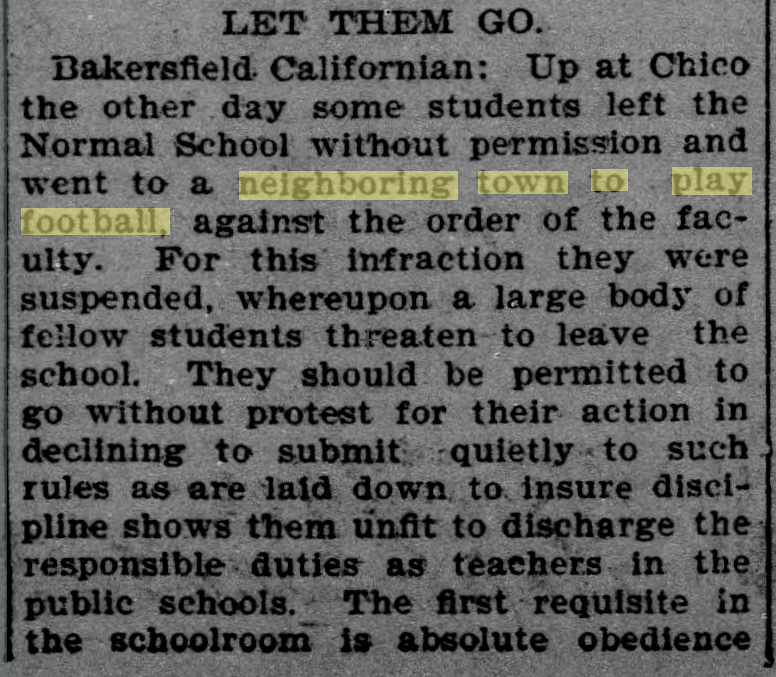In an earlier post, I discussed newspaper coverage of the 1939 UCLA-USC game—the game in which UCLA’s tie allowed USC into the 1940 Rose Bowl game, and cost UCLA that opportunity. The conference records of the two teams were the same, except UCLA played one more game, which ended in a tie, so both teams had the same number of wins, but UCLA had on more tie. Why that would be considered a worse record is unknown to me. (See details below.)
I saw the listing on its first day, but the listing was an “Or Best Offer” listing, and when I saw it, the seller had already accepted someone’s offer. The Buy It Now price was $50, and honestly, I don’t think I would have been interested at that price, or anything near that price. But I think $50 would have been a fair price.
By the way, I have bought a few great photos on eBay, including one of Kenny Washington in his all-star uniform, one of a UCLA backfield from that era (which was published in the Daily Bruin), and one of Kenny from 1939 or so, actually inscribed by Kenny.
Anyway, the eBay listing under discussion was for two original newspaper photographs (AP Wirephotos), one of which is a familiar image of Howard Jones reacting in surprise. (According to the caption, he was reacting to a 19-yard USC gain.)
The other photo is basically the same as the one I discussed a post a few posts back. The photo in the listing was a bit clearer, but not revolutionarily so. Here is an extract from the eBay listing (seller name: darree1):

As I said in an earlier post:
“According to Wikipedia, USC’s conference record in 1939 was 5-0-2.
“Okay, and also according to Wikipedia, UCLA’s record was 5-0-3.
“Try as I might with my little UCLA-educated brain, I cannot figure out on what basis 5-0-2 is better than 5-0-3.“
Here is roughly the portion of the eBay photo that corresponds to the image I discussed in an earlier post:

This is noticeably “warped,” since the eBay photos were not very flat and were taken from an angle. Grenny’s left arm is noticeably more clear here than in the version I showed before. As I said before, I think he was possibly trying to use that arm to straight-arm Jackie Robinson (who is horizontal, with his knee on the turf).
So, yeah, this must have been one of the worst moments—if not the worst moment—in Grenny Lansdell’s USC career.
The caption accompanying the photo in the auction states that “Lansdell was tackled by Mathews” (he’s the guy with his right forearm across Grenny’s thigh) and that Strode recovered the ball (in the end zone) “for an automatic touch back.”
Those who have seen the footage know that Strode ran the ball out of the end zone a nice distance, but it was indeed a touchback (or at least that’s what it seems).
The account in The Minneapolis Sunday Tribune (discussed by me in an earlier post) indicates that the reaction of Jones was regarding this play, but based on what I said above, that appears not to be the case.
Notice that Woody Strode is far to the left in this photo, yet he made the recovery.
The Minneapolis paper says, “Lansdell then took the ball, crashed over the battered right side of the Bruin line, and as he reached the five was tackled from behind.” This appears to give credit to Mathews, with no reference there to Jackie Robinson.
I’ve discussed elsewhere the apparent roles of Mathews and Robinson in this tackle.
If this post seems a bit jumbled and fragmented, that’s probably in part due to the “new” post-creation methodology that WordPress seems to be requiring me to use. I’m not used to it, so creating this post was much more awkward and difficult for me than it was previously. Hopefully, I will get used to it.
—Tom Sawyer
November 19, 2022

















